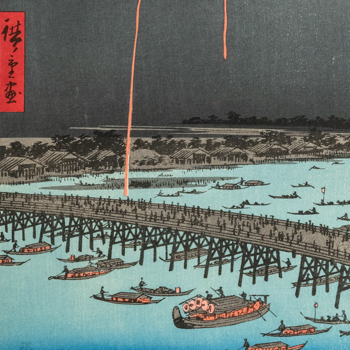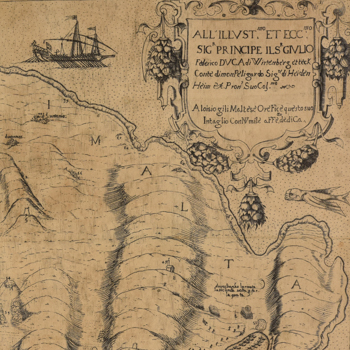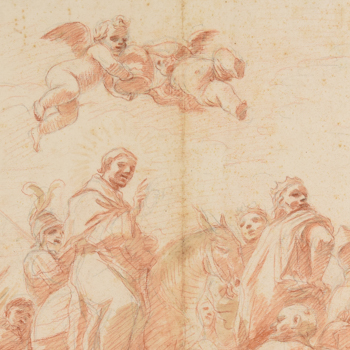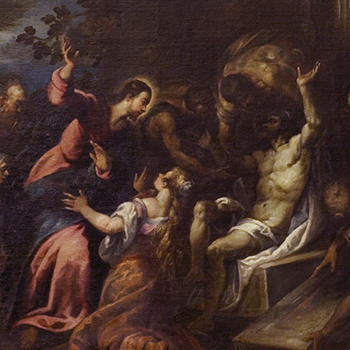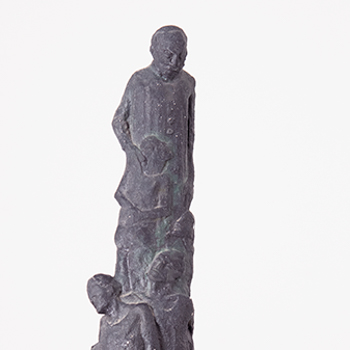Fireworks at Ryōgoku Bridge
In the Edo era, the summer season began on May 28 and ended on August 28, and on its first day fireworks were displayed at a festival marking the opening of the boating season. The Sumida River was the scene of a custom known as “taking in the cool of the evening” where along the river sides, tea shops, show tents and stands were set up and crowded by the people who enjoyed a summer night. The activity mainly centred at Ryōgoku Bridge. Ukiyo-e woodblock printing flourished from the 17th through the 19th centuries. The term translates as “picture[s] of the floating world”.

